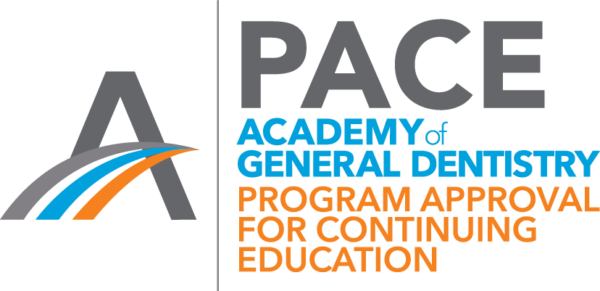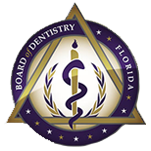We do not respond to voicemails. If we do not answer, we are on the line with another client. Please text or email us. We respond throughout the day or attempt to call again at another time.
Patient Compliance And Its Effect On Oral Care
What happens in the dental chair only accounts for a small portion of oral care. Patients play a large role in the overall health of their teeth and gums. Compliance with health-related behaviors and recommendations is crucial to the overall effectiveness of a treatment program.
Patient noncompliance, which refers to non-adherence or only partial adherence to healthcare behaviors and recommendations, is a well-recognized problem, and it continues to be a major obstacle to appropriate care that ensures patients’ health and well-being.
In this course, we will delve into the various factors influencing noncompliance, effective interventions, and strategies for helping your patients achieve optimal outcomes.
This course will award 3 continuing education hours.
Please see the board approval box for course approvals.What happens in the dental chair—professional cleanings, exams, and treatments—represents only a small portion of what’s required to maintain optimal oral health. The bulk of oral care occurs outside the dental office, where patients are responsible for adhering to prescribed home care routines, dietary recommendations, and follow-up appointments. Patient compliance, therefore, is a critical factor in determining the success or failure of any oral health treatment plan. Without consistent and proper follow-through, even the most advanced dental interventions can be rendered ineffective over time.
For dental professionals, especially dentists and hygienists, understanding the role and challenges of patient compliance is essential. A patient who neglects daily brushing and flossing, fails to make dietary changes, or skips appointments will likely experience recurring issues like plaque buildup, gingivitis, or more serious periodontal disease. Educating patients, building rapport, and tailoring communication strategies to individual needs can improve compliance and lead to better long-term outcomes. When providers acknowledge the behavioral component of oral health and actively engage patients in their care, they empower them to take ownership of their oral hygiene and contribute meaningfully to the success of treatment.
Course Objectives
Recognize obstacles to patient compliance.
Educate patients on why compliance is important.
Communicate behavioral strategies to use with patients.
Demonstrate pharmacological techniques that will aid in compliance.
Board Approvals
National Approvals
-
 Academy of General Dentistry (AGD) (PACE)Bayside Continuing Education and Development (Nationally or Locally) Approved by PACE Program Provider for FAGD/MAGD credit. Approval does not imply acceptance by any regulatory authority or AGD endorsement. 10/01/2024 - 09/30/2026 Provider ID# 430829
Academy of General Dentistry (AGD) (PACE)Bayside Continuing Education and Development (Nationally or Locally) Approved by PACE Program Provider for FAGD/MAGD credit. Approval does not imply acceptance by any regulatory authority or AGD endorsement. 10/01/2024 - 09/30/2026 Provider ID# 430829
State Approvals
-
 Florida Board of DentistryProvider number 50-204-3
Florida Board of DentistryProvider number 50-204-3 -
 Florida Board of Dentistry-Dental LaboratoryProvider number 50-204
Florida Board of Dentistry-Dental LaboratoryProvider number 50-204
Information
- Content Level: Intermediate
- Course Format: This course is offered as a self-paced distance learning format (reading-based online activity)
- System Requirements: This course is offered online. Internet connection required.
- Course Completion Information: To earn continuing education credit, professionals must register and pay the fee for the course. They must read the content and demonstrate understanding by earning a minimum score of 70 percent on testing materials. The certificate of completion will be able to be downloaded after the above is completed. Refunds will be granted upon request with the withdrawal of credit for the course. For questions, concerns, or to request special accommodations, please call 866-863-4225 or email ContactUs@BaysideCEU.com.
- CEBroker Course ID: 342214
- Credit Hours: 3


